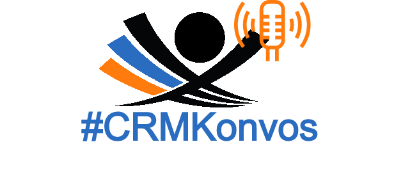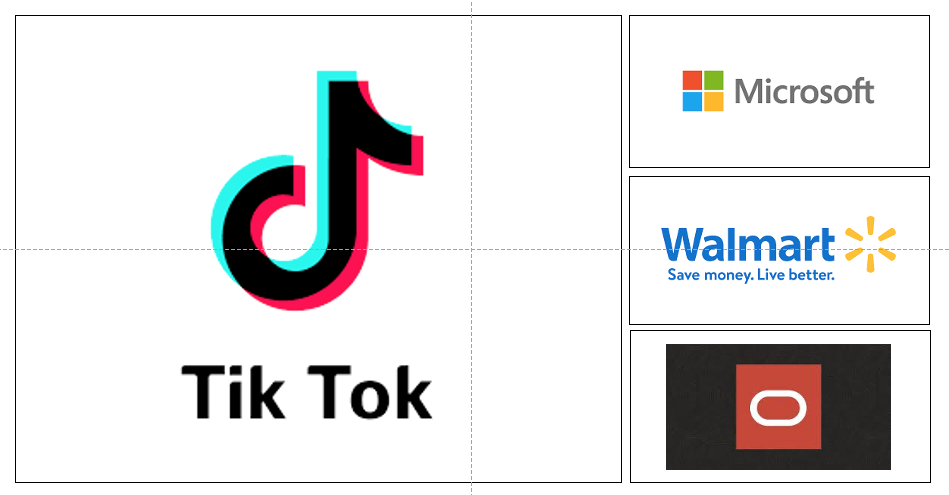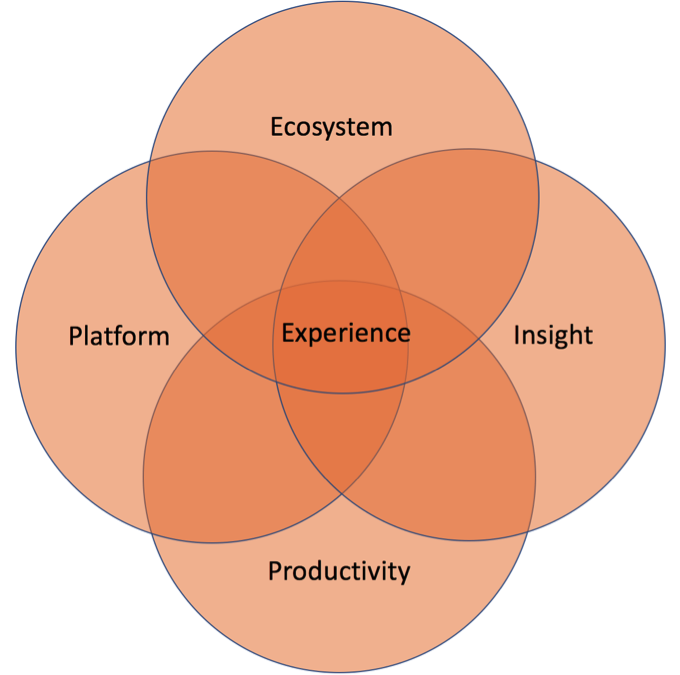
by twieberneit | Sep 20, 2020 | Blog, CRMKonvos |
In this episode we had the pleasure to talk with fellow long time analyst, influencer and CRM industry observer Marshall Lager about what value TikTok could bring to Oracle – if any – and continued from there to experiences and experience management upto raising the question about what lies beyondCXM. Will it be purely technically driven or even philosophical? Find out in this episode fo the #CRMKonvos. And do not forget to tune into the next one, which will continue on the theme of going beyond CXM. This episode is in...

by twieberneit | Sep 15, 2020 | Analysis, Blog |
Will ByteDance be able to sell some of its non-Chinese TikTok business or not? TikTok, the app that is all the rage with millenials who post thirty second movie clips and seem to have tremendous fun with it. And which got valued at more than $ 50 bn US before it was threatened with a ban in the US. It is less than a week to the deadline for an enforced shut down of the infrastructure. Time to jot down a number of seemingly, but not so random thoughts. Microsoft, in combination with Walmart, and Oracle, along with some unnamed additional investors, appear to be the frontrunners for making a deal. There are rumours about at least Twitter and Netflix showing some interest, too. If they are allowed to make a deal, and then willing to make it given the boundaries that are set by both, the US and the Chinese governments. There is tremendous pressure exerted by the US government citing a threat to national security because it could provide data about US users to China. This would make it necessary to ban the app in the USA if the US business stays under Chinese control. India already banned the app back in June 2020. China, in turn, updated its export control rules, restricting the export of “technology based on data analysis for personalized information recommendation services” (login required). This is pretty much exactly what TikTok does. This means that the sale of technologies that are implemented by TikTok are now subject to ByteDance as the owner of TikTok getting a governmental approval. It is not unreasonable to...

by twieberneit | Sep 13, 2020 | Analysis, Blog |
The News On September 10, 2020 Zoho announced Zoho Workplace, a new cloud based product bundle that is targeted at making a workforce more effective and efficient by bundling collaboration, productivity, and communication tools into one integrated set. As a part of this release Zoho enriched the applications that are part of Zoho Workplace with additional capabilities, following the vision of driving better business outcomes easier. Zoho Workplace consists of nine tightly integrated applications that are built on a common data model and that share a common dashboard and AI based enterprise search. The bundle is “centered around a full-featured business mail and office suite”. The nine applications Zoho Workplace consists of, are: Mail for business e-mail Cliq, as a messaging system Meeting for online conferencing Connect, a social intranet solution Writer for word processing Show for collaborative presenting Sheet for spreadsheets Workdrive as the cloud based document management system ShowTime for online training and/or webinars. Zoho did a study together with Beagle Research on what the main issues with current collaboration and productivity tools are. Results of this study include that applications that employees work with are “not intuitive and difficult to integrate”. Additional findings include that businesses often use different technology stacks which hampers productivity. Instead, they want “unified solutions that streamline complex processes”. Zoho Workplace is addressing this and as a result has seen a rapid adoption, “now supporting 2 million organizations, with 15 million users located across more than 150 countries. More than 25 percent of new Zoho Workplace customers have made the decision to switch over from G Suite and Microsoft”. The Bigger Picture...

by twieberneit | Jan 15, 2019 | Blog |
The suite is back. I have said and written that a good number of times in the past few years. And that is a good thing (that the suite is back, not that I said it, of course), because one of the major challenges with a best of breed approach is integration. The suite is back, but it is in an incarnation that vastly differs from what we knew about suites back in the times before cloud computing and Salesforce brought back a supremacy of best of breed over the suite. Integrating different pieces of software from different vendors into one coherent whole is easily accounting for one third to one half of project budgets. And this part of the overall cost for implementing new software is often plaid down by best of breed vendors. Which is not a crime, especially if the benefits of the best of breed software outweigh the cost of integration. However. Often it does not. And not openly addressing cost of integration backfires. Always. Believe me. If you research my background well enough you will find out why you should. Little hint: I am not only writing about things. Another strong argument in favor of the suite is the platform war that is currently going on. Why? Simply, because a platform is not only a technical platform. It is more. A platform consists of mainly four pieces: a technical platform the ability of turning data into insight, an ecosystem, and productivity support. And, very importantly, a necessary capability that is provided by the technical platform is integration. Some other aspects include the provision of...

by twieberneit | Sep 11, 2018 | Blog |
More Food for Thought In the last article Clash of Titans – Microsoft and SAP weigh in of this little series, I discussed the strategy of two of the big four and how they are positioned in the platform play of the business software titans – and others. This article covers the other two: Oracle and Salesforce. These business software vendors are competing in a market that is changing – commoditizing – at a fast rate towards an experience market, and probably beyond, if I follow the argumentation and thoughs of CRM godfather and friend Paul Greenberg. Business application vendors can stay really successful only if they morph into platform players. And this platform is more than just a technology platform, but encompasses four dimensions. The four dimensions that are paramount to be able to deliver great engagements that result in lasting positive experiences are Platform (IaaS/PaaS) Ecosystem Insight Productivity In this article I look at Oracle and Salesforce and how they position themselves in this game of thrones. But now, without further ado, let’s dig into the topic. Oracle Since the launch of what originally was project Fusion and now is Oracle CX, the company has done a remarkable pivot from being an on premise company to becoming a cloud company. The company has its strength in being a full stack provider with a full range of business applications. However, its main strenght is owning the gold standard database engine that runs the majority of business workloads worldwide. From its overall technological profile one could position Oracle somewhere between SAP and Microsoft as it with Open Office also...






